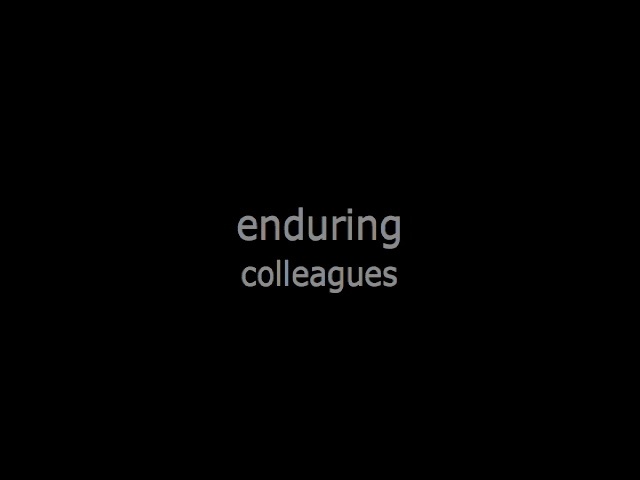As of May, 2013, there were 1057 items tagged in the NLCSA database with some set of the 275 different tags. The distribution of assigned tags provides an overview of the contents.
The tags assigned will change in the future, especially with the extension of tagging to videos and the addition of more video materials. It is also quite likely that some judgments about the appropriateness of tags to specific data items will be changed. That said, nonetheless it seems worthwhile to extract these numbers from the SK Multi Tag plugin facility. (You can verify any of these numbers by hovering your mouse over the tag in the left sidebar.)
Of the 1055 data items, 916 are tagged as vignettes; 177 video clips are mentioned (some in text, as a cross reference). Eleven items are based on recall and 9 are speculations.
Distributions of Tags for Time:
- (by years, for all three subjects) Y1 174; Y2 276; Y3 301 ; Y4 124 ; Y5 21 ; Y6 143 ; Y7 61 ; Y8 44 ;
The breakout by years reflect the differing lengths of the three studies, as well as the “atomizing” of data items in the infant study (See “Reference”, below).
- LC1, 102 tags; LC2, 157; LC3, 889. Of the items related to LC2 and LC3, 22 were before the intimate Study, 116 during it, and 29 following.
- Tagging through 31 quarters ranges from zero (quarter Q20) to 102 in Q9.
Continue reading ‘Tagged Data’ »
 Bob at 40
Bob at 40






